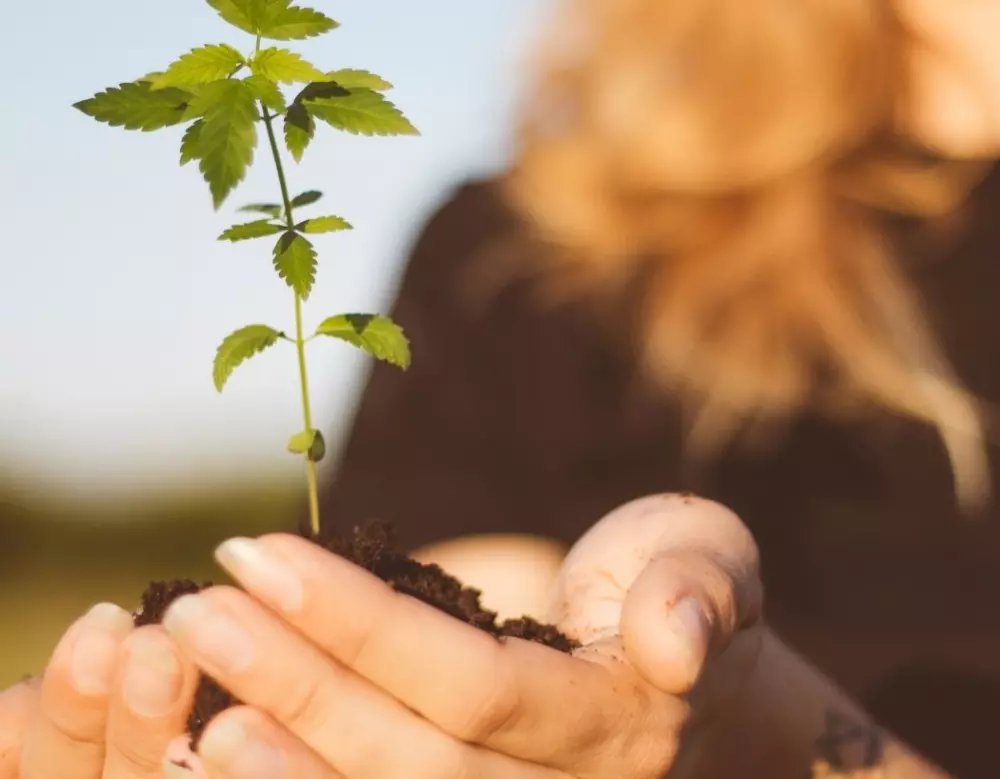The average person may not know how to tell the difference between cannabis and hemp. Nonetheless, to the trained eye, the differences are easily distinguished. Cannabis and hemp are from the same species of plant, cannabis sativa L, but that’s where the similarities end.
For the sake of clarity, envision marijuana as a short and bushy plant bred to contain THC, the cannabinoid that has a psychoactive effect and can get you "high." Hemp is marijuana’s tall and spindly cousin that more closely resembles bamboo.
Hemp is primarily grown for the non-intoxicating cannabinoid CBD, and industrial uses like rope, textiles, biodiesel, construction materials, and much more. Importantly, hemp is non-intoxicating, and by law must contain less than 0.3 percent THC.
A key thing to keep in mind is plant gender (yes, that’s a thing). Female seeds are key to a cannabis breeder’s success because female plants produce THC. While hemp (male) plants may also produce some THC, it is typically in negligible amounts.
Mounds of anecdotal evidence points to the healing and medicinal effects of both marijuana and hemp, while formal research is taking strides to catch up.
What Is Cannabis?
Humans and their relationship with cannabis dates back many thousands of years. In 2019, archaeologists excavating in Central Asia found THC residue in incense burners discovered in an ancient cemetery on the Pamir Plateau that dated back some 2,500 years. Probably used for ritual and ceremony, this discovery intimated that the inhabitants probably smoked the plant. However, researchers can only guess as to whether cannabis with psychoactive properties was found by accident or purposely cultivated. Humans have been using marijuana for reasons outside of ritual or sacrament as supposed from the findings of the excavation. There is evidence that humans have been using non-intoxicating cannabis for food, seed oil, and fiber for millennia, with estimates reaching as far back as 8,000 BCE. The modern cannabis industry, with its diversity of breeds and effects is a mostly modern convention. Current consumers tend to think of marijuana in terms of strains, like Girl Scout Cookies, Death Star, or Afghan Kush, to name but a few. These strains are bred from a subset of cannabis types (think second cousins):- Indica: a shorter, broader bush that produces a more full-body effect, promote relaxation ease body aches
- Sativa: a taller and thinner plant associated with energy and creativity
- Hybrid: strains that contain aspects of both sativa and indica
